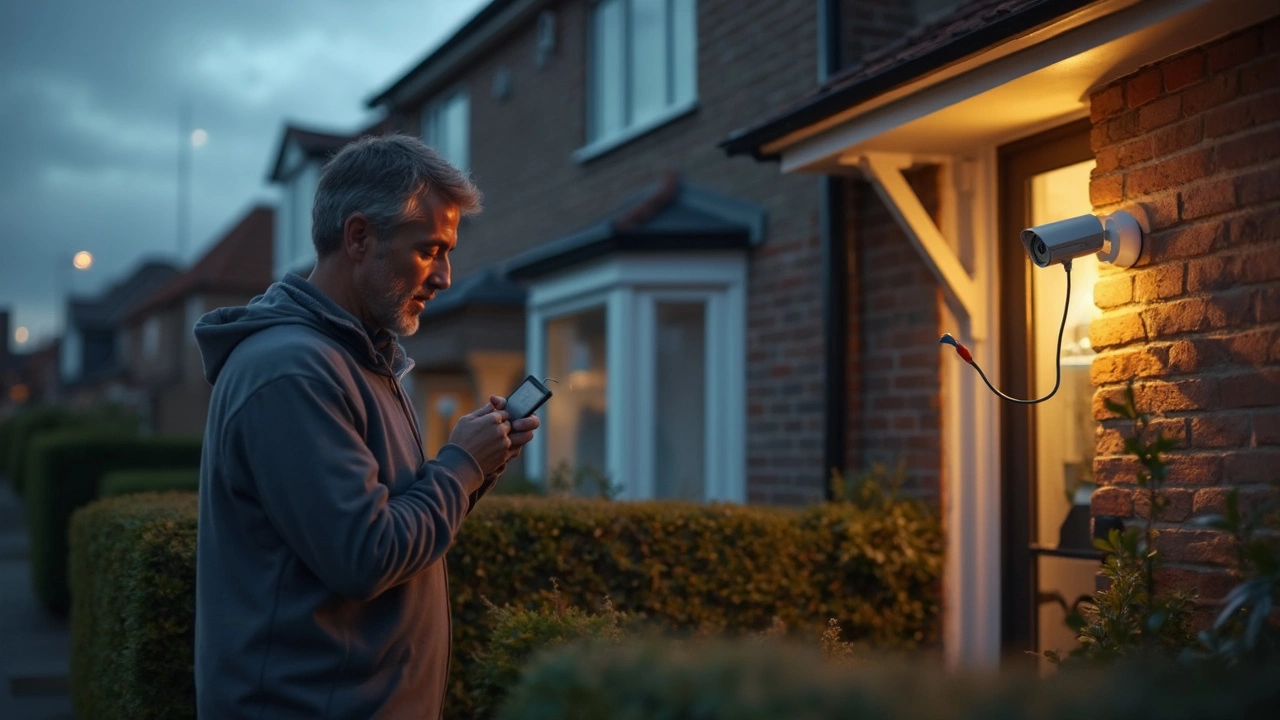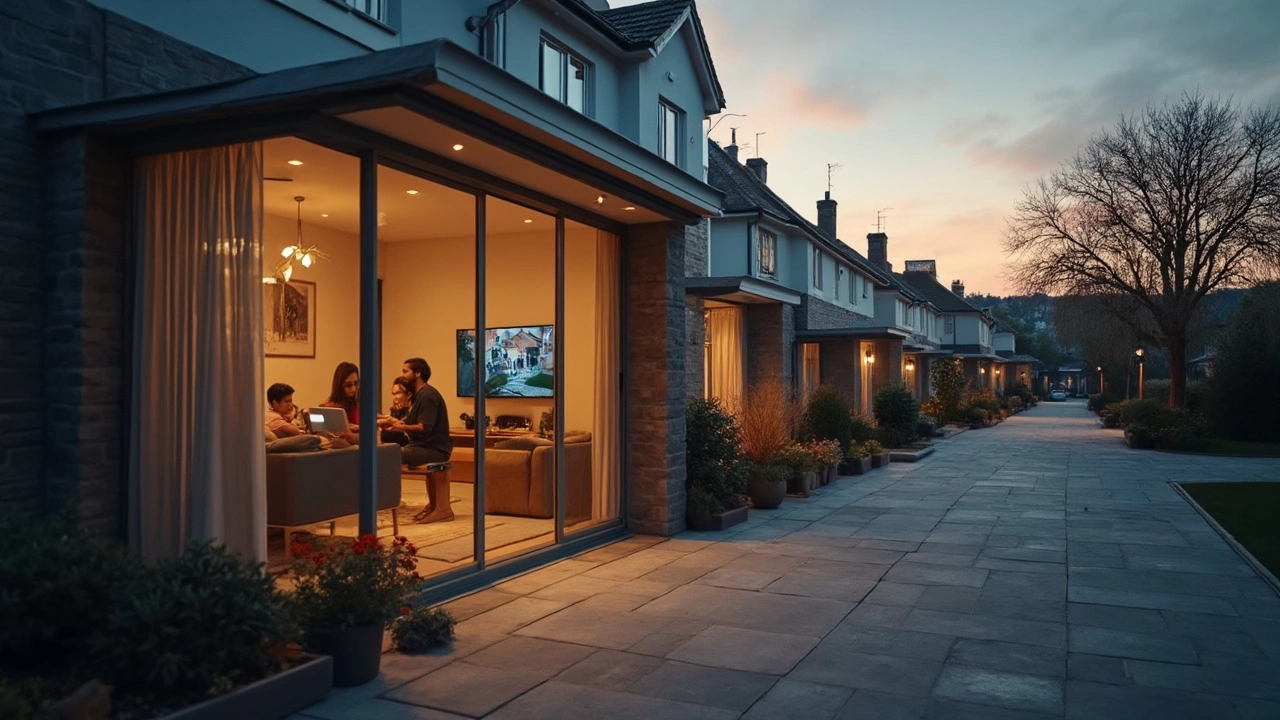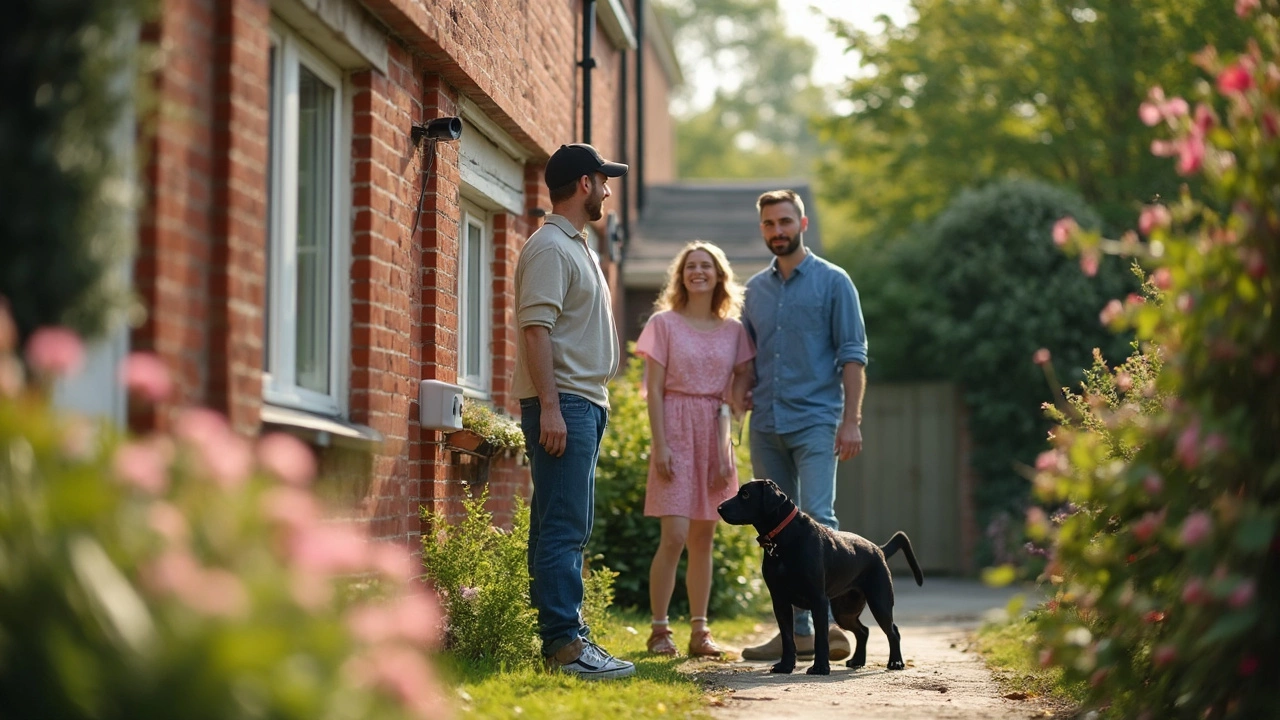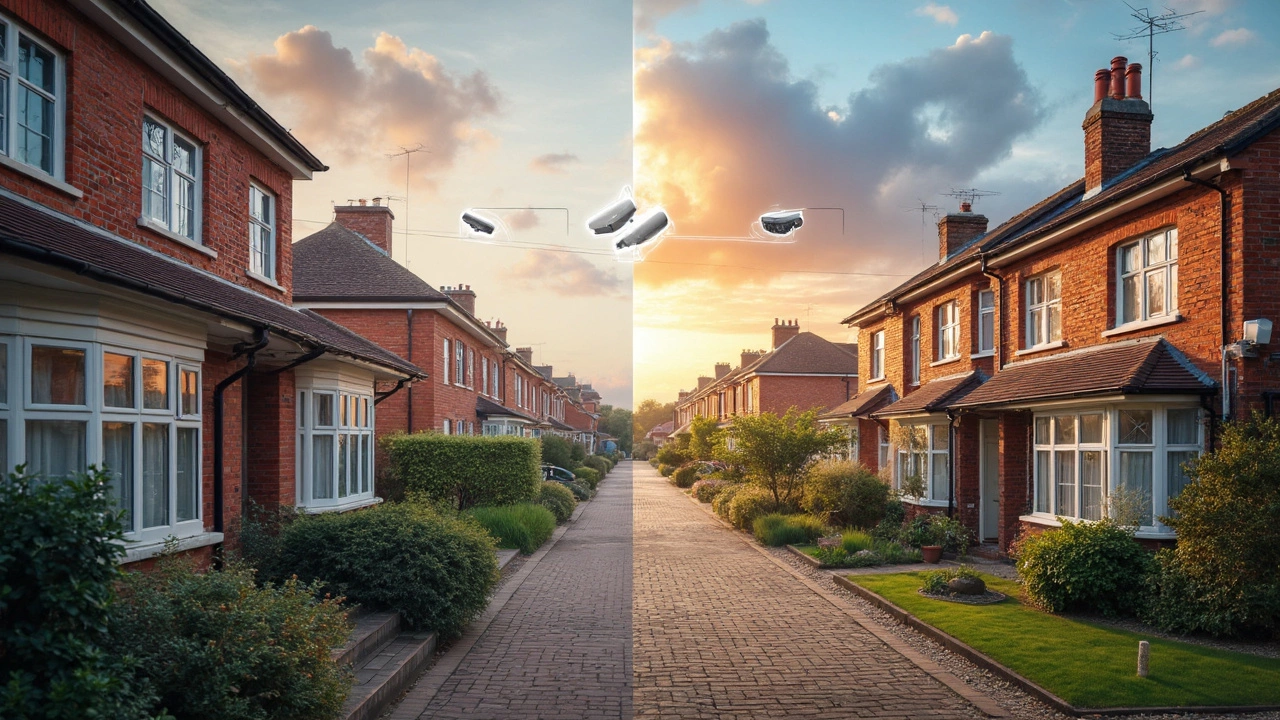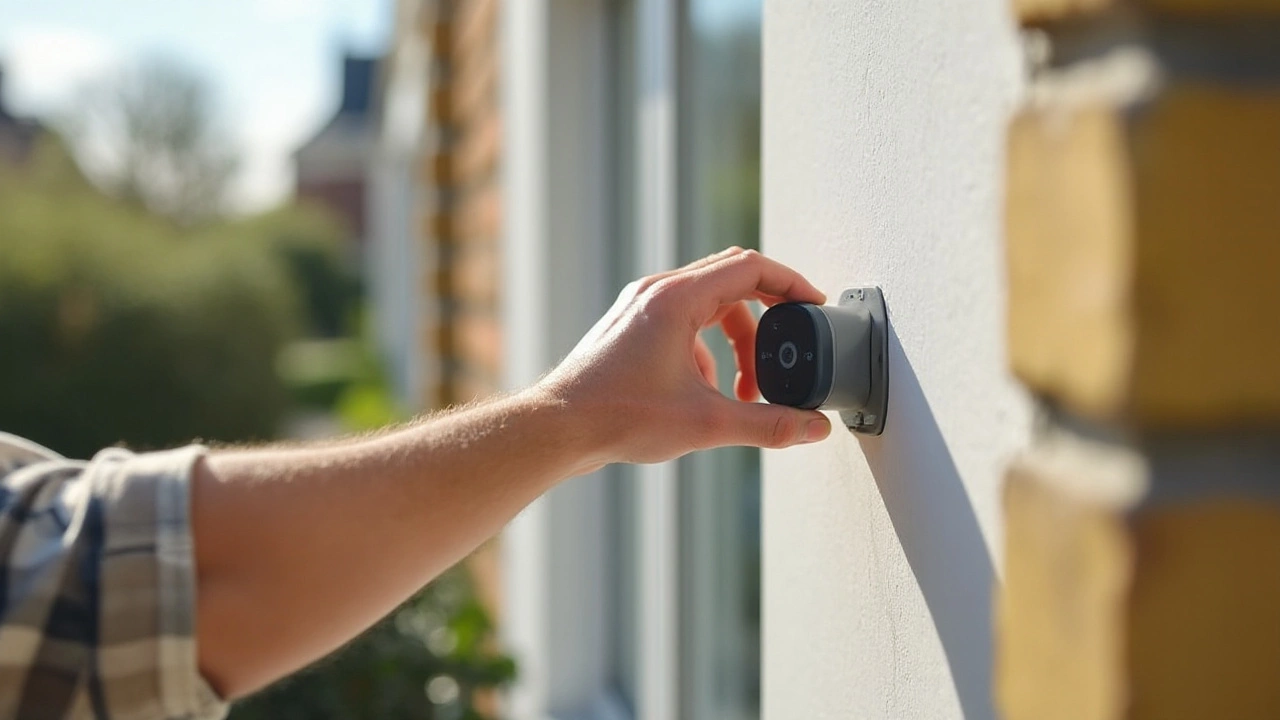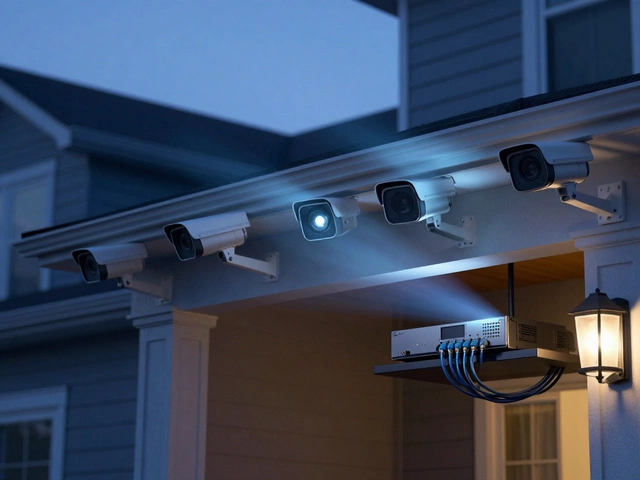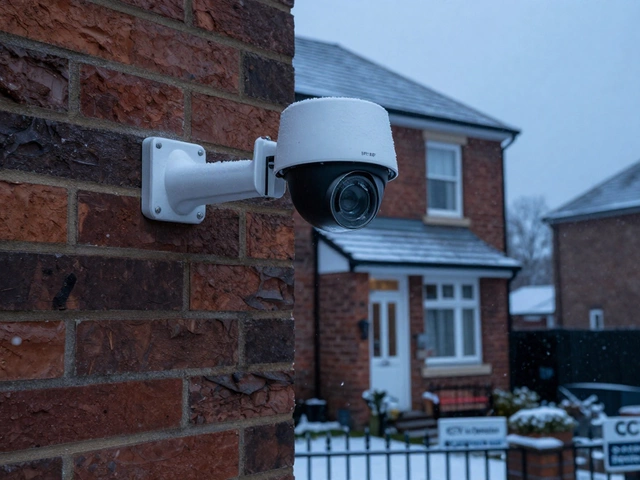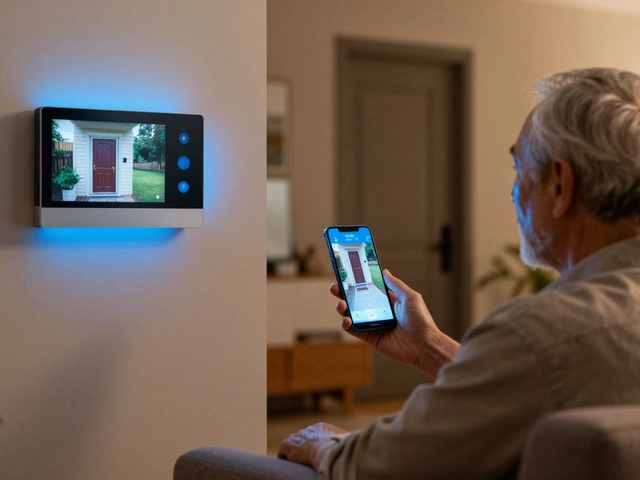Wireless CCTV: What It Is and Why It Matters
Thinking about adding cameras but don’t want a mess of cables? Wireless CCTV lets you watch your home from a phone or tablet without drilling walls everywhere. The cameras talk to your router over Wi‑Fi, so you get live video and alerts wherever you are. It sounds simple, but there are a few things you should know before you click ‘buy’.
Why Go Wireless?
First off, flexibility. A battery‑run camera can sit on a wall, a fence post or a roof without needing power nearby. If you move house or rearrange furniture, you just re‑mount the unit – no rewiring. Second, cost. You save on electrician fees and most kits come with a few cameras plus a basic hub for a flat price. Third, speed. Modern Wi‑Fi cameras start streaming in seconds, giving you instant alerts when motion is detected.
But there are trade‑offs. Battery life can drop to a few weeks if you pick a camera that records constantly. Wi‑Fi range and interference can cause lag or dropped footage, especially in larger homes. And because the feed travels over your network, a weak password or outdated router can expose your video to hackers.
Installing and Securing Your Wireless CCTV
Start with a strong home Wi‑Fi network. Use a unique, long password and enable WPA3 if your router supports it. Place the router in a central spot so the signal reaches every camera. If a spot is weak, add a mesh node or power‑over‑Ethernet (PoE) extender to boost coverage.
When mounting, aim cameras high enough to avoid tampering but low enough to capture faces and license plates. Test the view on a smartphone before you tighten the screws. Most apps let you set motion zones, so you can ignore traffic on the street and focus on doors, windows or a garage.Battery cameras need regular checks. A good rule of thumb is to charge them every month, or set the camera to record only when motion is triggered to stretch battery life. If you have a hard‑wired option, plug it in for areas that need 24‑hour recording, like a front door.
Privacy matters too. Turn off audio recording unless you really need it, and adjust privacy settings so only you (and any trusted family members) can view the feed. Many UK homeowners worry about neighbours seeing their cameras. Most modern units let you choose a custom name for each camera to avoid generic labels that might raise eyebrows.
Finally, think about storage. Cloud plans add a monthly fee but keep footage safe if the camera is stolen. Local SD cards avoid ongoing costs but can be lost with the device. Some brands offer a hybrid approach – a small local buffer plus cloud backup for critical events.
In short, wireless CCTV gives you quick setup, flexibility and decent coverage when you get the basics right. Secure your Wi‑Fi, choose the right power source, and set sensible motion zones, and you’ll have a reliable eye on your property without the hassle of cables.

